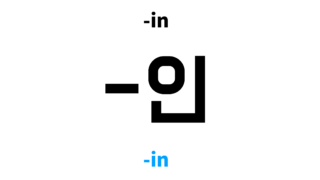 Advance ㅇ
Advance ㅇ waggish in Korean: 익살스럽다’s meaning and pronunciation
waggish in Korean is 익살스럽다. For examples, you can use like [익살스러운 눈빛, 익살스러운 말투]. In this post you will learn how to pronounce and use waggish in Korean along with examples.
 Advance ㅇ
Advance ㅇ  Advance ㅇ
Advance ㅇ  Advance ㅇ
Advance ㅇ  Advance ㅇ
Advance ㅇ  Advance ㅇ
Advance ㅇ  Advance ㅇ
Advance ㅇ  Advance ㅇ
Advance ㅇ  Advance ㅇ
Advance ㅇ  Advance ㅇ
Advance ㅇ  Advance ㅇ
Advance ㅇ